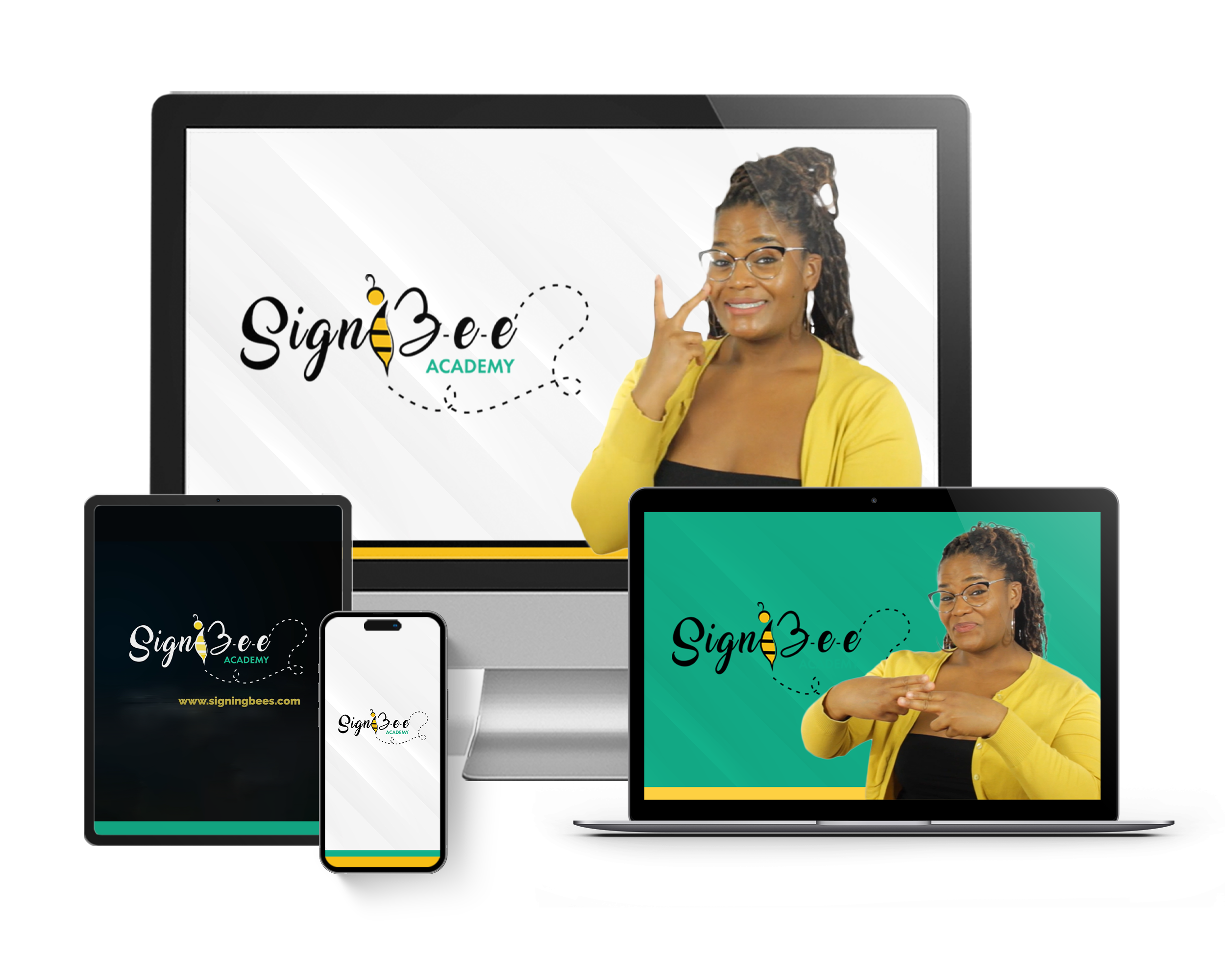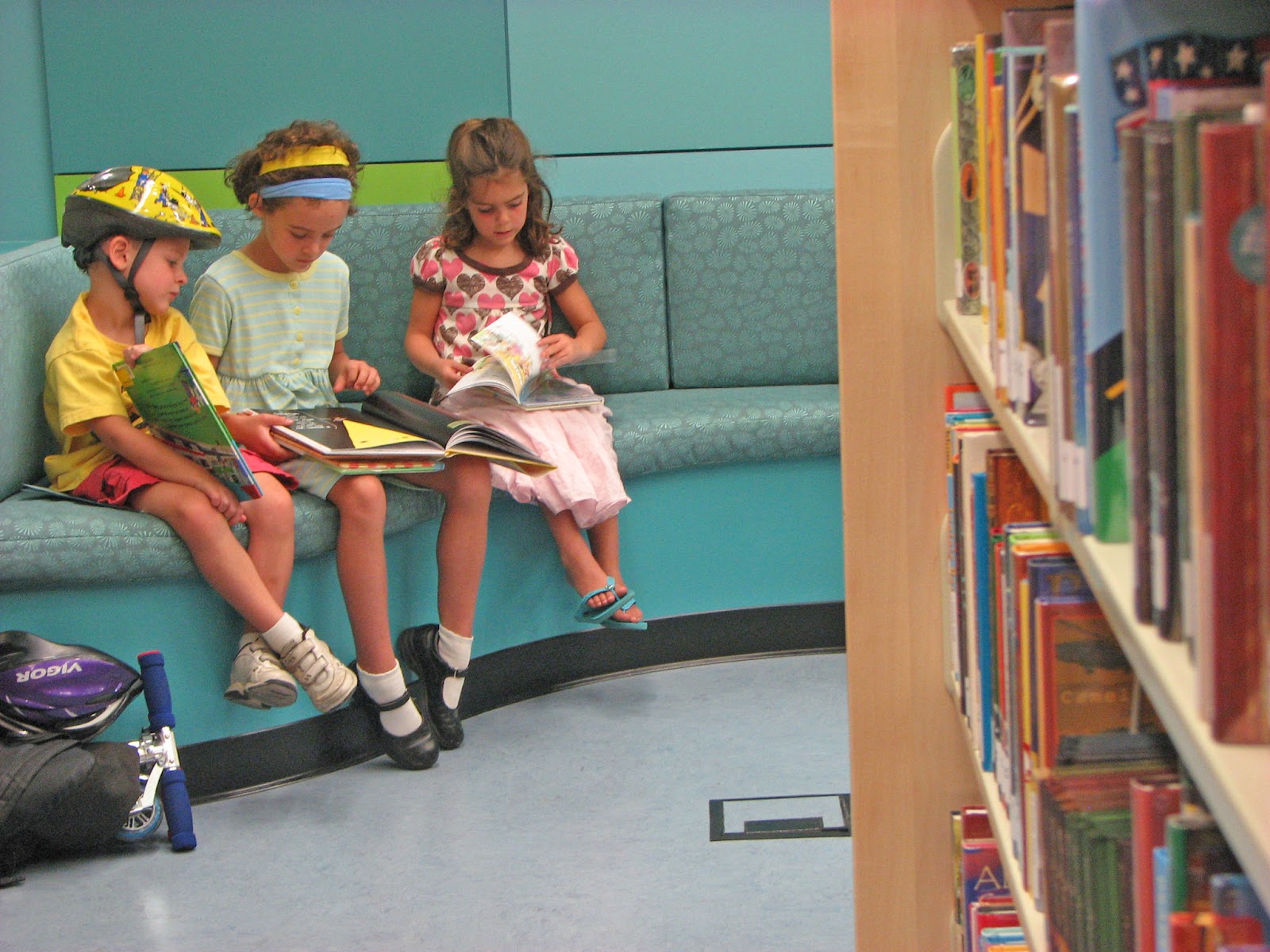In these modern times, social media has made it easy to find kids (toddlers) who speak fluently and sometimes above their age but the question is; how many of these toddlers can read and write?
While most children learn how to read at age 6, their reading and writing foundation actually begins earlier than that. It begins for most at age three. And since baby sign language is usually taught earlier than that, one can use it to lay a more solid foundation. Let’s see how in this article.
Components of Good Reading and Writing Skills
Reading
- Sound Identification and Pronunciation: This means that the reader should be able to identify a sound upon hearing it. It is the first step to learning how to read. There are about 44 sounds in English. The art of sound identification is called phonemic awareness, while the ability to pronounce each of these sounds correctly is called phonetics.
- Fluency: The science of reading is perfectly done if it is done with fluency, and fluency in reading is majorly accomplished with the use of punctuation and tones (rising and falling) while reading.
- Comprehension: What’s reading if there’s no understanding of what’s being read? Comprehension is essential and it is a major component of reading skills. It is what tells the reader the meaning of what they’ve read. This goes hand in hand with analyzing the context of the text.
Writing
Image by Judy Baxter on Openverse
- Hand Control: Writing involves the use of one’s hand (left or right). Having a firm hand control for a pen or to efficiently use a computer (involving the left and right hand) makes writing possible in the first place.
- Spelling: It’s important to know the right spelling of words so that what is written can be read.
- Grammar: A step further from spelling. An understanding of grammar makes it possible to identify homonyms and homophones enhancing proper use of words in their right context.
Others include Punctuation, sentence structure, and sentence organization.
Ways to Improve Reading and Writing Skills With Baby Sign Language
- Given that baby Sign Language fosters a strong parent-child bond, it automatically sets the pace for the child to learn other things from the parent, including reading and writing.
- As you teach a baby sign, for example, the word “mom” to your child, to encourage reading and writing, write down the word as you speak and sign the word. Write it in several places, draw it too, and pronounce the sounds of the word rather than only the word.
- There are children’s stories that are so simple and short. A way to improve reading and writing in your child is to tell your baby stories with simple baby signs.
- Simple fun playacting stories with your child using baby sign language can help them take interest in stories. You can translate their interests into having them read these stories in the story books and writing them/ illustrating them too.
- Baby sign language no doubt fast tracks vocabulary building, vocabulary building helps reading and writing. After all, what’s there to read and write if there are no words? The more words you teach your child through baby sign language, the more words they’ll have to read and write.
Importance of Developing Reading and Writing Skills in Children
It’s important to pursue reading and writing skills in children from an early age because of these reasons:
- It stimulates their brains to better understand the language they hear and speak and also sets them on a path of critical thinking and problem-solving.
- Academic success is certain
- When their academic success is secured because of excellent reading and writing skills, it automatically means they will also be steps ahead of their peers when it comes to their career journeys.
- It improves their imaginations as well as their creativity.
Note: Reading and writing skills are life-long learning skills
How to Develop Reading and Writing Skills in Children
The first thing about developing good reading and writing skills in children is that it must be done during their formative years.
- Having a good reading culture yourself. Be the model.
Parents who read constantly set good examples for their kids to emulate especially during their formative years.
- Regular reading/storytime with kids. These times with kids linger past their early years.
- Use different materials. Spice it up, let the child be surprised by what is coming next
- Talk with the child about what they’ve read or what you’ve read to them. Try to draw from what they have just read, what they have previously read, or from things they’ve watched or seen around them.
- Having a reading routine can go a long way.
Difficulties Encountered When Trying to Develop a Child’s Reading and Writing Skills
- The willingness and ability of parents to give their time and attention to developing the reading and writing skills of their children. It’s a lot of hard work, but the benefits are always worth it and good parenting requires it.
- Digital distractions: This has become a major pandemic.
Parents and caregivers prefer using phones and tablets to engage their children rather than using books and part of the reason or better put, excuse for this is that digital devices require less participation on the part of the parents or caregivers.
Conclusion
To help your kids accomplish much in life and have a fulfilling life, among other things to give them, they must be literate. They should be able to read and write correctly. This is not simply the responsibility of schools or other educational institutions. In and outside the school environment, parents are responsible for the extent their kids will go in terms of becoming literate.
A parent who decides to teach their kid’s baby sign language is in the right direction of empowering them to be literate.
Baby sign language is simplified ASL. So, don’t hesitate to learn ASL today and empower yourself to take up the job of teaching your child baby sign language and improving their reading and writing skills. With ASL learning materials from SignBee Academy, you can accomplish this.
Thumbnail Photo Credit to Image by San Jose Public Library on Openverse





